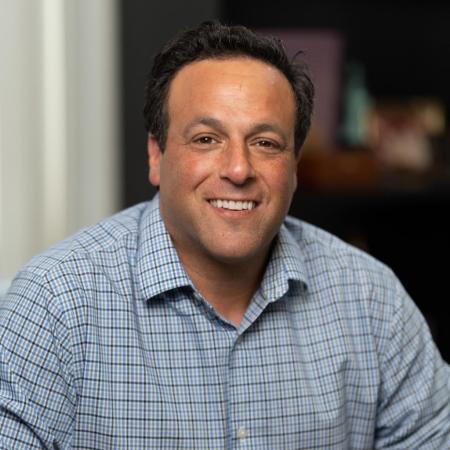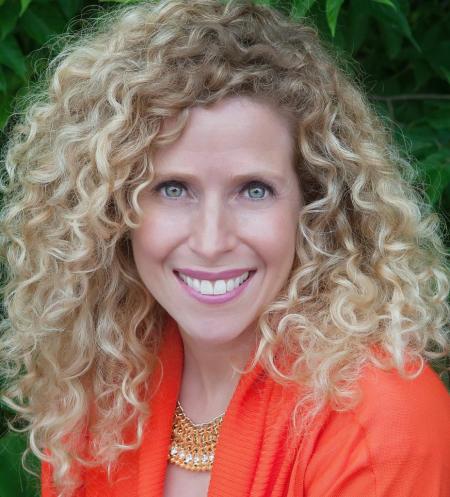Another headline: Bullied to Death, Nine-year-old boy takes own life after relentless bullying. How many times have we read headlines like this in recent years? We are eight months into 2016 and already there are too many suicides or attempted suicides caused by bullying that we cannot list them all here. Suicides attributed to bullying is such a ubiquitius topic there is a Wikipedia page for it: List of suicides that have been attributed to bullying. How many parents read beyond the headlines, terrified to learn about the horrors a child in our communities could experience but unable to stop reading, to stop wondering--Could this happen to my child? How many parents and educators turn away from their phones or newspapers and say, yet again, Enough is enough? It is time for us to stop wondering. It is time for us to stop saying Enough is enough. Enough is enough. It has been for a long time. Too long for us to still be reading headlines like these. Too long for us to be holding onto to these children's names, sharing them like wildfire across social media, expecting a watershed moment to happen just by retweeting or commenting with a crying emoticon. We can break this cycle. We can change our communities. But we have to act to get there. We have to stop reading the headlines and start talking.
Spotting the Signs
Jackson Grubb was a 9-year-old boy who had just started the third grade in West Virginia. His grandmother and guardian, Betsy Baber, said she was aware something was wrong with her grandchild. He had once been playful but was becoming more introverted and never spoke about his issues.
"I was spending time with him, trying to get it out of him," she shared, "but Jack's the type [of person] that holds things in. I knew something was wrong, but I couldn't get [it out of] him. Just speaking from my heart, I believe that he jsut couldn't take nothing no more. He had reached that point. But he didn't think, I don't believe, that it was going to go that way."
Only 20-30% of students who are bullied tell an adult about the bullying. 3 out of 10 students in grades 6-12 and 2 out of 10 students in grades 9-12 have experience bullying. Almost half of children grades 4-12 reported being bullied at least once during the past month and 3 out of 10 in that same group reported bullying others. If you suspect your child is being bullied, take action. They may embarrassed to talk to an adult about it. They may be afraid of the social reprecussions of reporting bullying. They may simply not understand that they are being abused by their classmates.
Learn how to spot the signs your child is being bullied. However, be aware that not all children who are bullied exhibit clear warning signs.
• Lost or destroyed belongings, such as clothing, books, electronics
• Frequent headaches/stomach aches, feeling sick, or faking illness
• Changes in eating habits--skipping meals or binge eating
• Difficulty sleeping, frequent nightmares
• Declining grades or loss of interest in school
• Sudden loss of friends
• Avoidance of social situations
• Feeling of helplessness
• Decreased self-esteem
• Unexplainable injuries
• Self-destructive behaviors like running away from home, harming themselves, or talking about suicide.
If you suspect your child is a victim of bullying, err on the side of caution, and get help right away:
• Contact your child's teacher, counselor, principal, superintendent, or the Department of Education.
• Find a local counselor or other mental health services.
• Contact the National Suicide Prevention Lifeline, online or at 1-800-273-TALK
Find more resources for spotting the signs that your child is being bullied and how to take action if they are: http://bit.ly/2cYmnWX
Parenting a Bully
For every child being bullied, there is a child or group of children acting out the bullying. No parent wants to believe their child could be capable of causing someone so much harm but bullies come in every shape and size and are often expressing their own negative emotions through bullying another child. Resorting to bullying often stems from:
• A lack of empathy
• An expression of anger about events in their own lives
• A desire to be in control
• A low self-esteem
• A desire to impress their peers
• Families where parents or siblings bully
• Inadequate parental attention/supervision
• Inadequate discipline from parents
• Being the victim of bullying themselves and retaliating
It is incredibly difficult to admit your child might be a bully. We think of our children as an extension of ourselves and don't want to invite any negative reflections of ourselves. The truth is that childhood is tough--conflicts happen, children have to navigate entirely new situations--and some of that happens away from adult supervision. Rosalind Wiseman, author of Queen Bees and Wannabees and Kids in the House expert, urges parents to understand and remember:
• Roles change. Today the bully. Tomorrow, the bullied. Children are not fixed in their roles. Depending on the situation, children can just as easily be the bully as they can the target.
• They have a private life. Parents must assume and accept that they won't know everything that goes on with their child.
• Kids have 2 sides. Children will act differently at home than they will at school. Your 7th grade son who kisses you goodnight before grabbing his stuffed animal will never show that side of himself to his friends.
• You're still a good parent. There are many reasons why parents aren't aware of their child's inappropriate behavior, and it's not because the parent is irresponsible.
If you suspect your child is bullying others or if you are informed that your child has exhibited bullying behavior, take a deep breath and start the conversation. For tips on spotting the signs your child is a bully and advice on how to take action: http://bit.ly/2chqElo
Bystander --> Upstander
If your child isn't the victim of bullying or a bully themselves, they can still have a huge impact on the culture of bullying at their schools.
"The most powerful thing you teach your kid is not be a bystander, to not stand by and watch things cruelly unload on somebody," says Michael Pritchard, humanist and child advocate.
"We know that the bystanders are actually the audience to bullying, and bullying continues because they do not leave the situation," says Dorothy Espelage, a Professor of Child Development. "What we do know from research is that younger kids are more likely to intervene, so we should continue to have conversations with very young kids about the importance of helping a victim. We also know that girls are more likely to intervene. But what we forget as adults is that kids that intervene will do so only if it's seen as a popular, cool thing to do in a school, and also if their friends would support them in this. So it's not as simple as these intervention programs saying to kids, "Do the right thing, help out the victim. Be supportive." We need to first shift the peer norm in supportive intervention where it's seen as cool to go and help the victim."
How can we make intervention cool? The average American teen spends up to seven hours a day on electronic devices, this leaves them vulnerable to cyberbullying but, when leveraged in the right way, can become a tool to prevent or stand up to bullying. Install apps like STOPit, CyberBully, BullyTag, ReThink, and Sit With Us on your child's phone and talk to them about the importance of reporting bullying and befriending victims of bullying.
Find other resources for teaching your child how to be a good bystander and stand up to bullying here: http://bit.ly/2cMbvL0
Learn more about our #ENDBULLYING campaign!
#ENDBULLYING Resources
StopBullying.gov
PACER Center
Stomp Out Bullying
The Trevor Project
GLSEN
DoSomething.org
Beyond Bullies Organization
Megan Meier Foundation
Josh Shipp's Video - "How To Stop Bullying"
No Giving Up - Ben NeZbit Music Video
Champions Against Bullying
Cyberwise



























